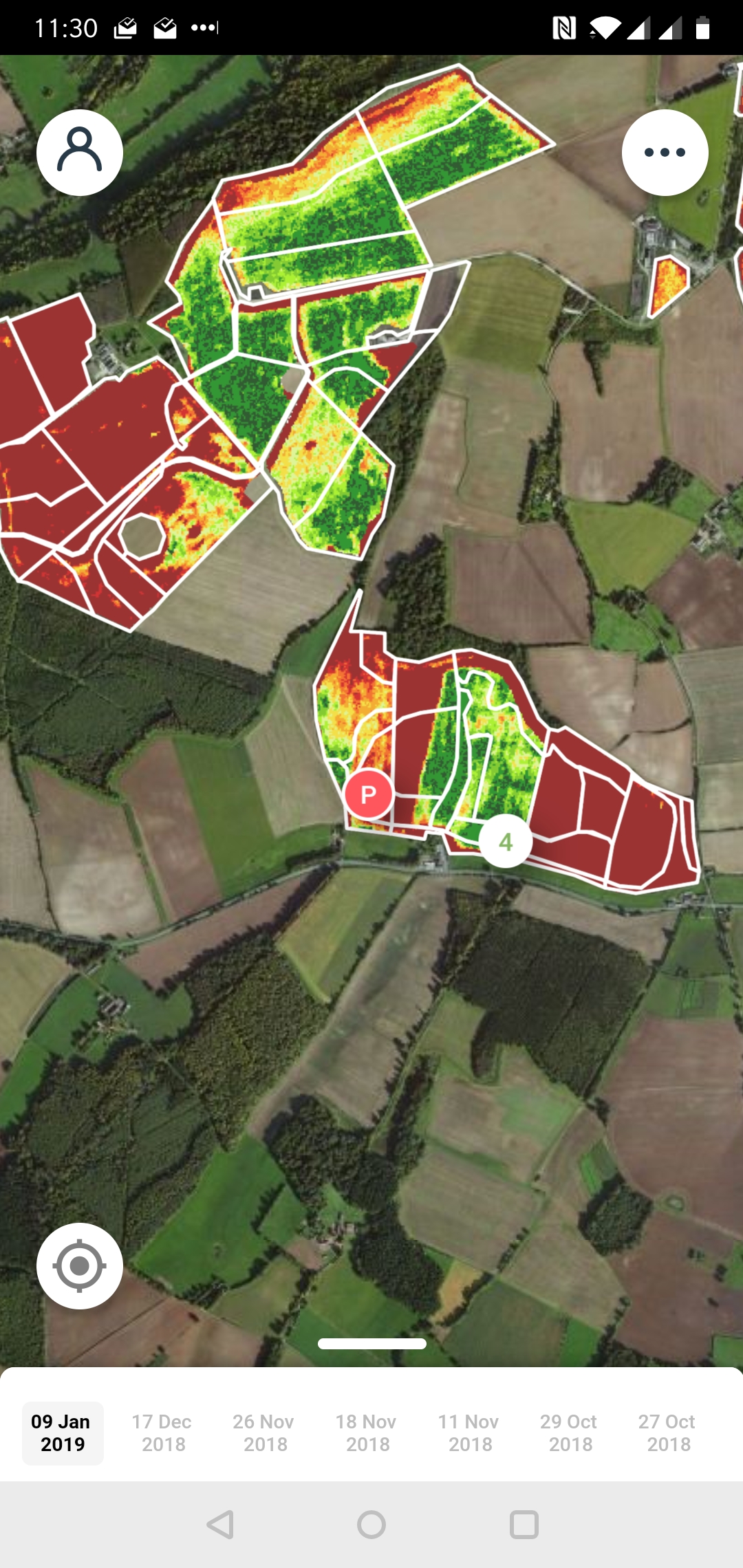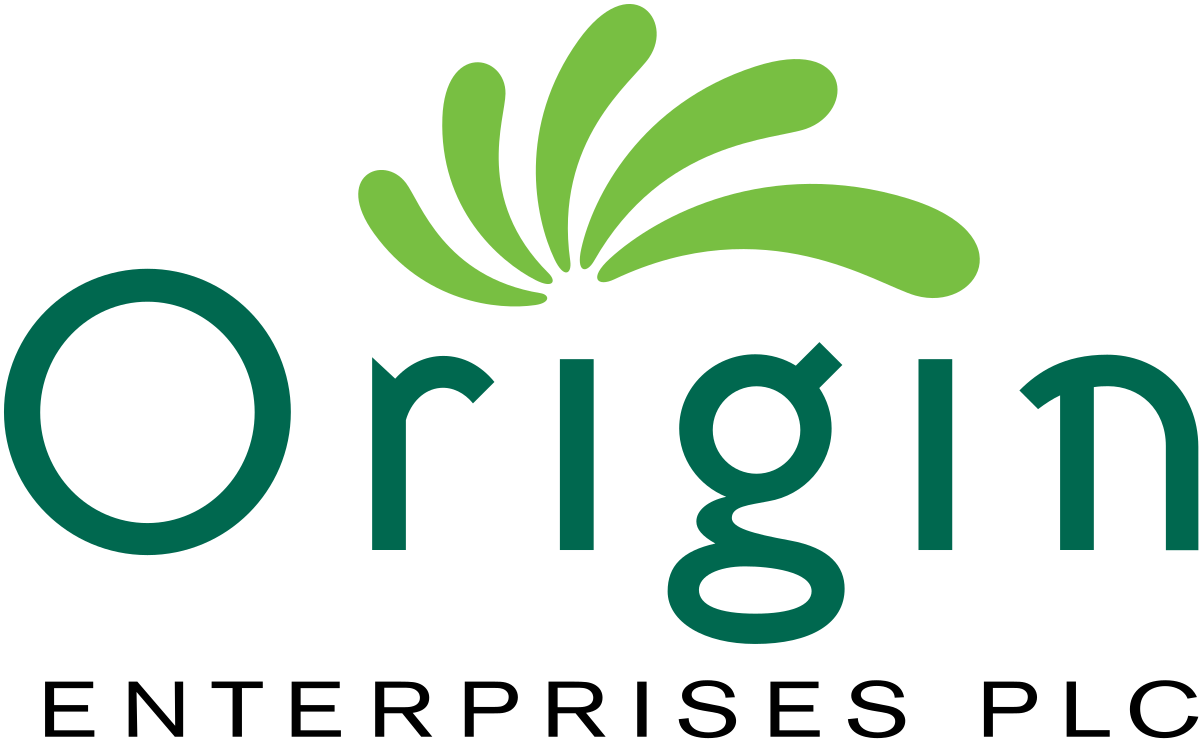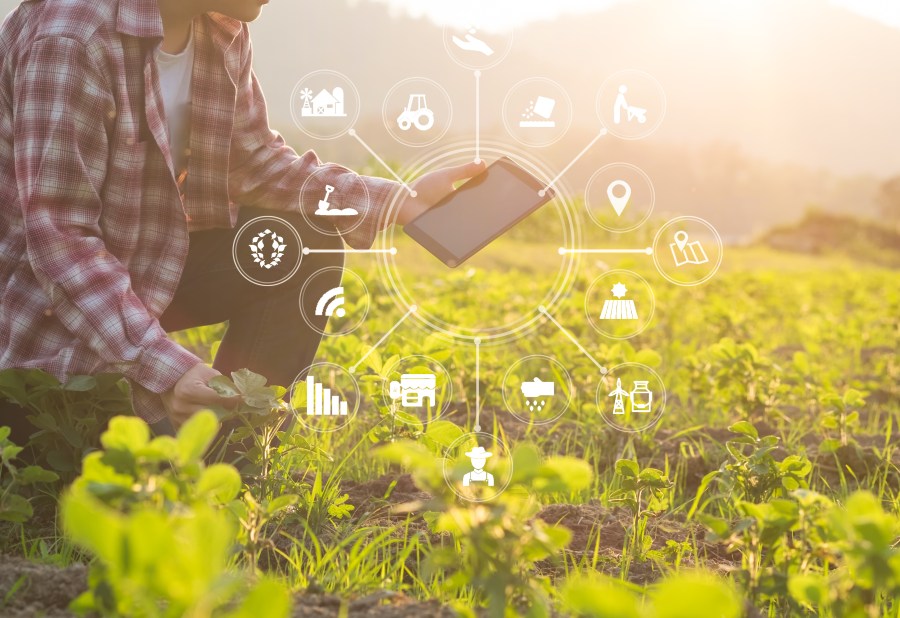Photo: Shutterstock Mr Whiskey
If farming’s set on a digital trajectory, what does that look like? CPM finds out from the head of digital at one of the UK’s leading agriservices provider, Origin, a year on from the launch of its Contour platform
The digital platforms of today are really only looking in the rear-view mirror.
By Rob Jones
Individual field performance potential updated throughout the season for variations in the weather and crop management. Dynamic fertiliser recommendations matched to crop growth and condition on a daily basis. Crop protection, growth regulation and foliar nutrition tailored to need and crop biomass for the most accurate individual plant utilisation and least environmental impact. And all provided for every area of every field and at times and in ways that best inform margin-maximising agronomic decision-making.
It’s quite a demanding wishlist, but this is what digital crop production should be providing growers within the coming decade, says Origin head of digital, Simon Beck. When set against what’s in the pipeline, current systems are just scratching the surface of what digital technologies really offer for UK farming, he points out.

The real challenge is to apply the digital data we gather to inform decisions we’re about to make.
“The past decade has seen a wide – and often confusing – range of satellite, drone and ground-based imaging technologies being applied to crop production,” he notes. “At the same time, crop growth and pest and disease modelling have developed apace, as have both data-processing capacities, machine-learning capabilities, and integrated crop-management research.
“There are lots of things we can measure these days and mountains of data we can, and do, generate. But the digital platforms of today are really only looking in the rear-view mirror – at existing variations and decisions that have already been made. The real challenge is to apply the digital data we gather to inform decisions we’re about to make so we can adapt current season agronomy to the best effect as well as improving the way we do things next time around.
“That way, for instance, we have GAI-based spring N recommendations for the day we’re actually applying them, rather than for a pattern of crop growth two weeks or more in the past. Or up-to-date yield predictions and research-based improvement options that continuously account for changing weather conditions and crop development to inform our decision-making.”
To get from where we are today to this exciting future, Simon insists we need to attend to four main digital agronomy essentials:
- The images we actually use
- Processing these so they work together and with historic data in an iterative way
- Integrating them into dynamic models of crop growth and pest and disease development
- Linking them to agronomic interventions sufficiently well proven through rigorous research and development.
He stresses that digital platforms that fail to bring all four of these elements together in the right ways will be unable to deliver on much, if not all, the technologies’ huge promise, proving little more than costly distractions from the real business of crop improvement for many.
“Optical imaging across the whole range of light spectrums currently offers around 130 different indices – of which the main NDVI used most widely today is only one,” points out Simon. “The Green Crop Vegetative Index (GCVI) which measures chlorophyll, for example, is especially valuable in assessing later season variation in crop potential.
“Alongside these, we have synthetic aperture radar (SAR) to give a picture of the crop canopy structure and biomass – properties optical imaging can’t provide – and microwaves that, like SAR, have the advantage that they penetrate cloud cover, making them more reliable.
“As well as establishing the most valuable combination of images to use – which varies with need and timing – there’s also how best to acquire them. Optical imaging can be either satellite, drone or ground-based. In general, the resolution of the image increases with proximity to the ground. But then so does the cost.”
Here then it’s a matter of horses for courses, with low cost SAR satellite imaging being essential for some applications like crop growth-stage monitoring. Drone imaging is better for higher resolution work such as disease detection. Ground-based sensing (involving machinery, weather stations, soil probes and people) is best used for data on soil conditions, temperature and moisture, not to mention specific pest and disease diagnosis.
Simon’s convinced the future lies in a combination of imaging platforms and points out that Agrii customers and their agronomists are already finding the Contour satellite service really useful in focusing their field-walking attention on areas of possible crop concern. But he warns increasing volumes of data from a growing diversity of sources will have to be carefully integrated together in well planned and managed strategies for the best results.
“All this data will have to be brought together, managed and processed in meaningful ways for it to be useable,” he adds. “We have to filter out the noise and focus in on measurements that really matter. We also have to find the best ways of integrating historic data into the system. And the outputs need to be at a scale that matches the precision abilities of our machinery.
“As part of this we have to capture the mass of data sitting in the combine yield monitors and crop management systems of so many farms in ways that don’t add to ‘data overload’ and confusion.
“Then it’s a matter of integrating the data into dynamic models of crop growth and pest and disease development that take account of the full impact of all the main yield-limiting factors – both those like nutrition and crop protection which we can influence and weather events and pest occurrence that we can’t.
“Developing and proving these models is a highly complex task. They must also be continuously refined and improved with data from every new season. This is perhaps the biggest challenge for digital agronomy. But it’s also the one that offers the greatest rewards.”
Such systems would reliably track the developing potential of every part of every one of your crops in depth throughout each season, he says, so you can adapt your agronomy to maximise your margins. “That would be the ultimate in sustainable intensification.
“As would be the ability to vary your inputs across each crop to match its varying biomass. In exactly the same way animal medication is geared to bodyweight to achieve the right concentration of active ingredient, this would make sure each area receives exactly the right loading of key crop protection and nutritional inputs for the greatest profitability and environmental responsibility.”
Finally, Simon warns that none of this capability would be of any value without continued scientific progress to understand which combinations of soil management, variety, crop protection and nutrition are suitable for which circumstances.
“As long as it’s integrated and processed correctly, gathering the data can tell you exactly how much yield and margin you stand to lose if you don’t act,” he notes. “But it’s not of much practical farm value unless you also know what action to take to most reliably make the most of any given situation. You simply can’t know that without sufficient quality research and development work.”
While digital agronomy holds promise for the future, there are considerable limitations of current systems and a considerable amount of work needed to ensure they realise this promise, he notes.
This work is well underway in a multi-million pound collaborative research partnership between University College Dublin (UCD) and Origin Enterprises with the support of the Science Foundation Ireland (SFI) Strategic Partnership Programme.
The five-year, inter-disciplinary CONSUS project harnesses the leading expertise of UCD in data and agricultural science with Origin’s integrated crop management research, systems, advisory and knowledge exchange networks. Extending across a wide variety of work programmes, Simon foresees this bringing digital agronomy into its own over the coming 10-15 years.
“However sophisticated digital decision-making becomes it can only ever enhance rather than replace the expertise of growers and their agronomists,” he concludes. “It’s important to appreciate too that the results it delivers will only ever be as good as the underlying fundamentals of pH, soil structure and drainage allow them to be.”
Digital Vision
As arable farms progress towards a digital future, it can be difficult to know which forms of data generation, capture and analysis provide a really worthwhile benefit to the business, and which are costly and time-wasting distractions. CPM is working with some of the industry’s leading companies in this area to bring growers their Digital Vision. These articles lay out the significant steps on the journey towards the data-enabled farm. CPM would like to thank Origin for sponsoring this article and for sharing its Digital Vision.
Operating in Ireland, Ukraine, Poland, Romania, Belgium and Brazil as well as the UK, Origin Enterprises plc is determined to be the leading provider of value-added services, technologies and strategic inputs for profitable and truly-sustainable farming.
Pioneering digital and precision agronomy for well over a decade, its Agrii, SoilQuest, Intelligence Precision Farming and Ag-Space businesses remain at the forefront of developments in agricultural data and crop management research, systems and knowledge exchange.
All this work is focused on enabling farmers and their advisers to harness the power of digital agriculture for the greatest crop and grassland management gains at the least possible cost.





